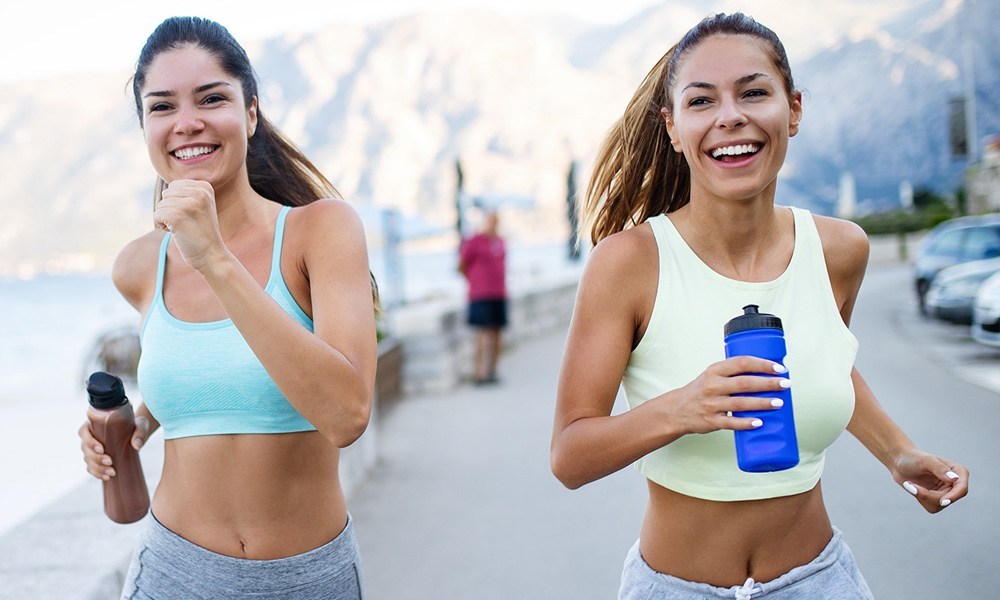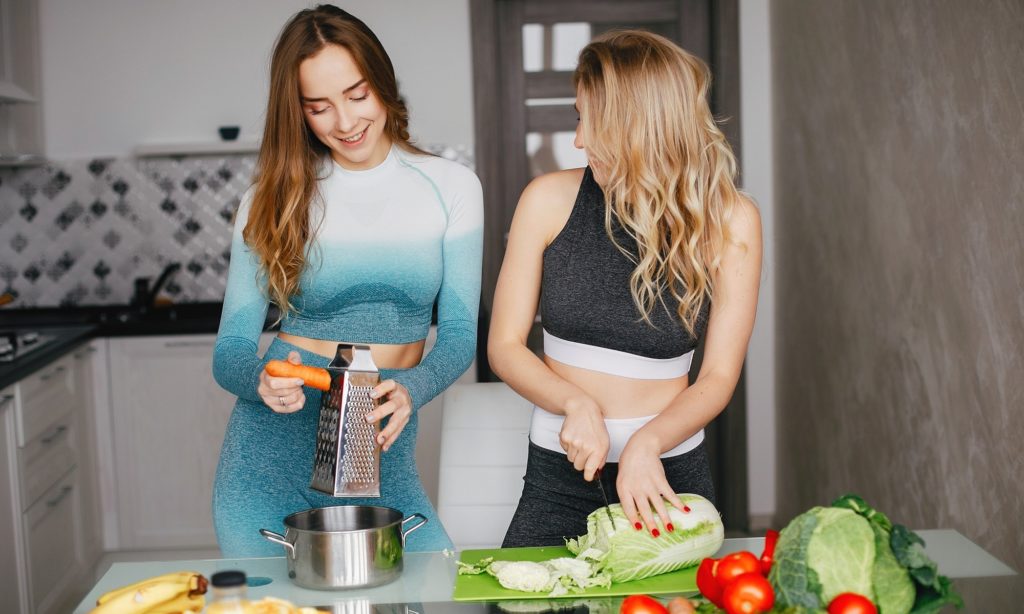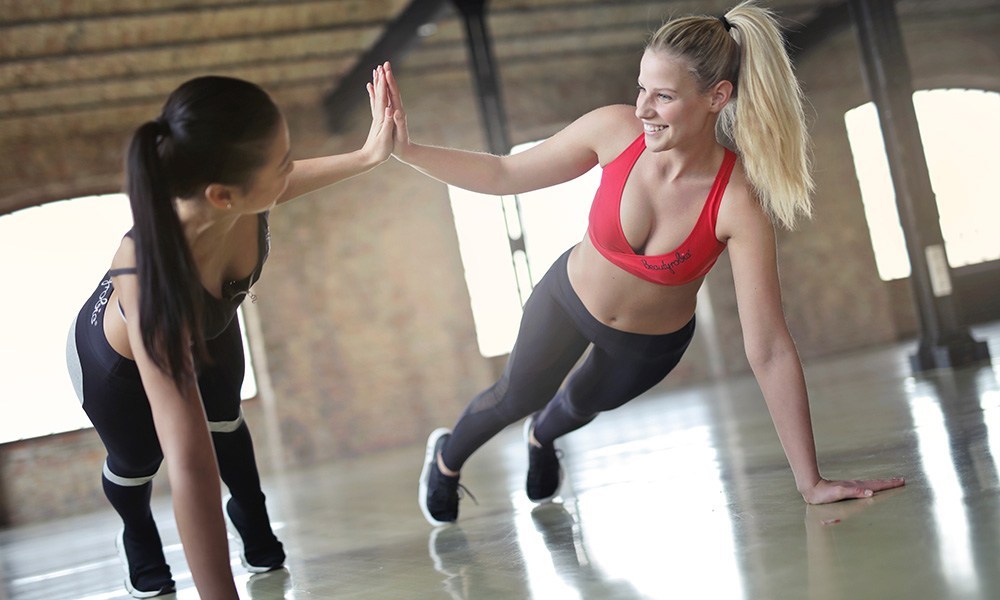
Going through Instagram and Facebook, looking at your friends and people in your social circle, indulging themselves in different stress relieving and fitness exercises, makes your body pump adrenaline too. You may think that workouts are an easy everyday kind of a thing, but they are NOT! It is basically a lifestyle that you have to adapt to.
People and especially newbies to this thing, start from too many expectations rather than taking things one at a time and setting goals and aims. Every individual performing a workout has a body that reacts differently to diet and exercise. So it is pertinent to first experiment what types of exercises and diet your body chooses to accept and then move further with your desired workout plan.
2. Not Warming Up
Not warming up is basically as risky as standing in front of a train and expecting it to change its path. Bodybuilders and professionals have always stressed pre-workout exercises to loosen your muscles and prepare your body for the rigorous and tiresome process of bringing your body in shape. Majority amateurs overlook this fact while they gym and as a result, they experience injuries that ultimately become chronic. Not only it affects the gains but also puts your muscles under extreme risk of damage. It is suggested that a pre-workout of at least 10 minutes along with brisk walk should be done to prepare your body beforehand.
3. In Just For The Six-Pack
Another prominent problem with newbies to the gym is that they only come in for six-packs. There’s nothing worse than an improperly build body. You see a lot of guys in the gym, pumping their chests, working on Popeye biceps, etc. but as soon as you look down, chicken legs turn you off big time. That is why bodybuilding and workouts is an art they say. You need to digest the fact that for you to carry a body that only has had its packs worked on will attract never ending criticism.
It is suggested that you form a workout plan or if you cannot on your own, consult a professional, which focuses on every major muscle of your body. You are putting at least an hour in the gym every day if a workout plan offers you a great body during that hour as compared to only hitting the packs, then why not go for it?
4. No Workout Plan
Not having a workout plan will immediately identify you as an amateur. Workout starts from a workout plan and nothing else. Watching Arnold Schwarzenegger or Jay Culter on YouTube won’t cut it. As already mentioned, everybody reacts differently to exercises. What Jay Cutler may be opting for, to work on his triceps might not work for you. You need to first decide what type of body you want and then the type of exercises accordingly. Opting straight for heavyweight exercises will only create pain and problems for you even before you start with the basics.


